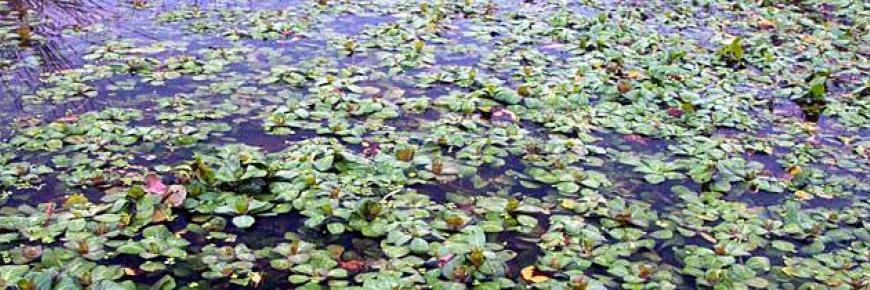Invasion of the Genome
Invasive non-native species are commonly associated with three threats: predation, competition and the transmission of disease. With one or a combination of these, invasive non-native species negatively impact our native wildlife. The ruddy duck is an invasive non-native species; however it is threatening our wildlife in an unusual way - genetic extinction.

A species is classically defined as a group of organisms with similar characteristics which are capable of breeding with one another and producing viable, fertile offspring. As a species is effectively ‘reproductively isolated’ from others, their genes become uniquely adapted to their specific niche over time. However, despite this definition of a species, it is possible for some species to breed with other species and this is known as hybridisation.
Hybridisation is more common than many people expect, over 25 % of UK plants hybridise with at least one other plant species and 75 % of British duck species are known to hybridise with at least one other species! The Ruddy Duck (Oxyura jamaicensis) was introduced to the UK in 1948 for a zoological collection. Thanks to their distinctive plumage and bright blue beak, the species was bred by collectors and it is estimated that approximately 90 of their descendants escaped to the wild and established feral populations.
Although relatively harmless in the UK, a population of ruddy duck established in Spain. Here, it hybridises with a native European species – the white-headed duck (Oxyura leucocephala).
Hybridisation may seem the lesser of the ‘four evils’ brought about by an invasive non-native species, but its long term consequences are equal to, if not exceed, the other three. By hybridising with the ruddy duck, the white-headed duck is undergoing a phenomenon known as introgression – the introduction of foreign material into the genome. Effectively, the gene pool for the white-headed duck is being ‘swamped’ by ruddy duck genes, losing its identity as a species.

Concentrated breeding programmes can help restore populations which have been driven to borderline extinction by predation, competition or disease. However, if too many white-headed ducks hybridise, no amount of breeding can bring the original gene pool back – the species would be lost forever. Due to the threat of habitat destruction and hybridisation, the white-headed duck is considered Europe’s rarest duck, and currently listed as endangered on the IUCN Red List. To ensure the long term survival of this duck, ruddy duck populations need to be controlled across Europe– a controversial but necessary task.

References
Mallet, J (2005) Hybridization as an invasion of the genome. TRENDS in Ecology and Evolution 20: 229-237
Muñoz-Fuentes, V., Green, A. J., Sorenson, M. D & Negro, J. J (2006). ‘The ruddy duck Oxyura jamaicensis in Europe: natural colonization or human introduction?’ Molecular Ecology 15: 1441-1453
Muñoz-Fuentes, V., Vilà, C., Green, A. J., Negro, J & Sorenson, M. D (2007). ‘Hybridization between white-headed ducks and introduced ruddy ducks in Spain’ Molecular Ecology 16: 629-638
Rhymer, J. M & Simberloff, D (2005). ‘Extinction by Hybridization and Introgression’ Annual Review of Ecology and Systematics , Vol. 27, (1996), pp. 83-109
Sanchez, M. I., Green, A. J & Dolz, J. C (2000). ‘The diets of White-headed Duck Oxyura leucocephala, Ruddy Duck, O. jamaicensis and their hybrids from Spain.’ Bird Study 47: 275-284
Photo Credits: Ruddy Duck (Juan Pons), White Headed Duck (Milo Bostock), Ruddy Duck-White Headed Duck Hybrids (M Roldan)

